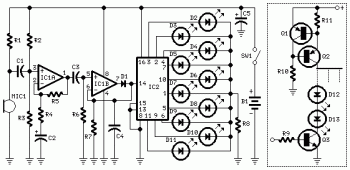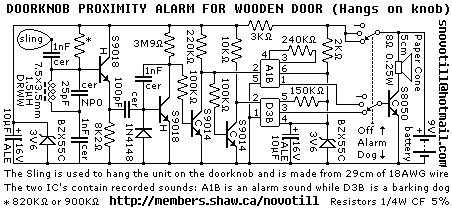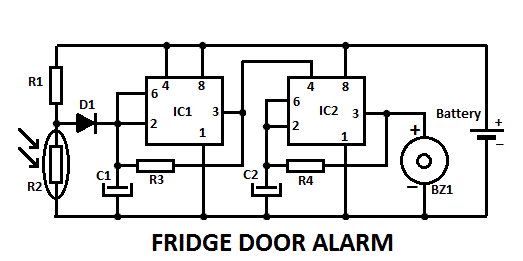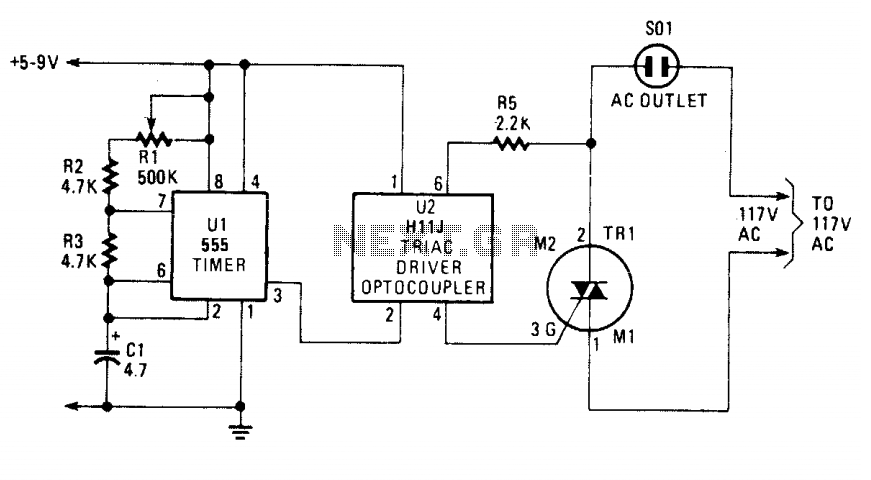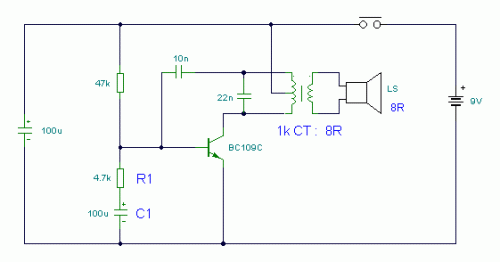
Electronic Door Release
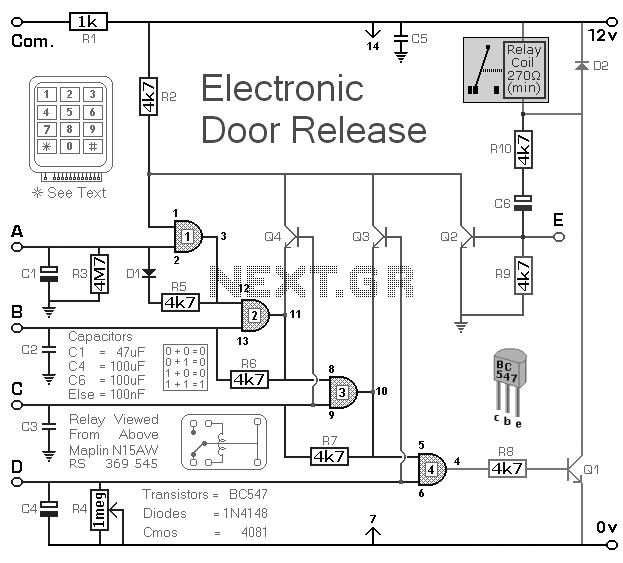
Electronic Door Release Circuit. This circuit is designed to operate an electrical door-release mechanism and can be adapted for other applications. By entering a four-digit code of choice, the relay will energize for a specified period.
The electronic door release circuit serves as a secure access control system, allowing users to unlock a door by inputting a predetermined four-digit code. The core of the circuit typically includes a microcontroller, which processes the input code, and a relay module, which activates the door release mechanism upon successful code validation.
The circuit design begins with a keypad interface where users can enter the four-digit code. Each key press is detected by the microcontroller, which converts the input into a digital signal. The microcontroller is programmed with the correct code and logic to compare the entered code against the stored value.
Once the correct code is entered, the microcontroller sends a signal to the relay module. The relay, which acts as a switch, is energized, allowing current to flow to the door release mechanism. This mechanism can be an electric strike, magnetic lock, or any other compatible locking system. The relay remains activated for a predetermined duration, allowing sufficient time for the door to be opened.
Additional features may include an LED indicator to provide visual feedback on the status of the system, such as successful code entry or an error state. An audible buzzer can also be incorporated to signal incorrect attempts or to confirm successful unlocking.
For enhanced security, the circuit can be designed to limit the number of incorrect attempts before locking out further entries for a specific time period. This helps prevent unauthorized access through brute-force attempts.
The power supply for the circuit typically ranges from 12V to 24V, depending on the specifications of the relay and door release mechanism used. Proper attention must be given to the circuit layout to ensure reliable operation, including the use of appropriate resistors, capacitors, and protection diodes to safeguard against voltage spikes when the relay is activated.
In summary, this electronic door release circuit combines user-friendly access control with robust security features, making it suitable for various applications beyond just door entry, such as securing cabinets or restricted areas.Electronic Door Release Circuit This circuit is designed to operate an electrical door-release mechanism - but it will have other applications. Enter the four-digit code of your choice - and the relay will energize for the perio.. 🔗 External reference
The electronic door release circuit serves as a secure access control system, allowing users to unlock a door by inputting a predetermined four-digit code. The core of the circuit typically includes a microcontroller, which processes the input code, and a relay module, which activates the door release mechanism upon successful code validation.
The circuit design begins with a keypad interface where users can enter the four-digit code. Each key press is detected by the microcontroller, which converts the input into a digital signal. The microcontroller is programmed with the correct code and logic to compare the entered code against the stored value.
Once the correct code is entered, the microcontroller sends a signal to the relay module. The relay, which acts as a switch, is energized, allowing current to flow to the door release mechanism. This mechanism can be an electric strike, magnetic lock, or any other compatible locking system. The relay remains activated for a predetermined duration, allowing sufficient time for the door to be opened.
Additional features may include an LED indicator to provide visual feedback on the status of the system, such as successful code entry or an error state. An audible buzzer can also be incorporated to signal incorrect attempts or to confirm successful unlocking.
For enhanced security, the circuit can be designed to limit the number of incorrect attempts before locking out further entries for a specific time period. This helps prevent unauthorized access through brute-force attempts.
The power supply for the circuit typically ranges from 12V to 24V, depending on the specifications of the relay and door release mechanism used. Proper attention must be given to the circuit layout to ensure reliable operation, including the use of appropriate resistors, capacitors, and protection diodes to safeguard against voltage spikes when the relay is activated.
In summary, this electronic door release circuit combines user-friendly access control with robust security features, making it suitable for various applications beyond just door entry, such as securing cabinets or restricted areas.Electronic Door Release Circuit This circuit is designed to operate an electrical door-release mechanism - but it will have other applications. Enter the four-digit code of your choice - and the relay will energize for the perio.. 🔗 External reference
Warning: include(partials/cookie-banner.php): Failed to open stream: Permission denied in /var/www/html/nextgr/view-circuit.php on line 713
Warning: include(): Failed opening 'partials/cookie-banner.php' for inclusion (include_path='.:/usr/share/php') in /var/www/html/nextgr/view-circuit.php on line 713
